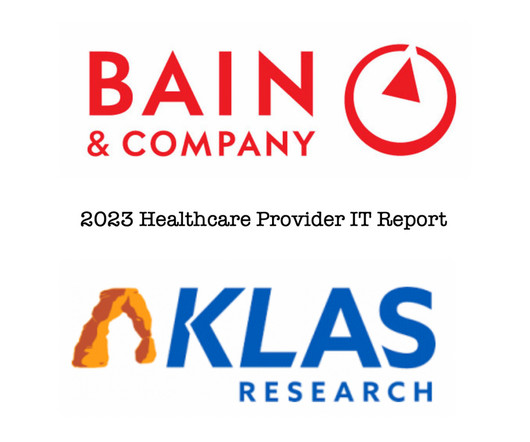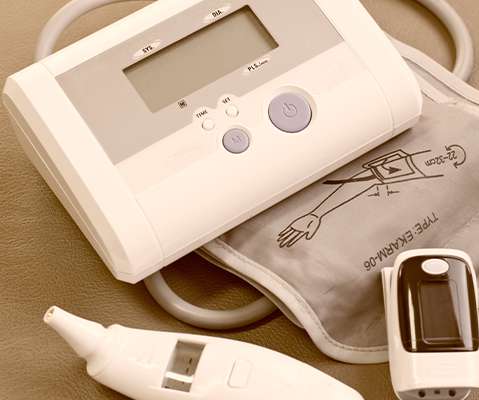RCM: Fixing the Old and Adjusting to the New
Healthcare IT Today
JUNE 29, 2023
Revenue Cycle Management (RCM) is like a one of those huge Lego sculptures. Having a well executed RCM strategy is crucial to keep your organization running because it impacts everything. When things are simple and easy to pay for, patients are happy, the staff is happy, and you are most definitely happy.













Let's personalize your content